Discover your kids passion with STEM
Have you been contemplating getting your kids into STEM lately? Are you unsure whether STEM in childhood education is truly worth it or a waste of time? Well look no further, we have the answers for you!

Kid taking part in STEM Education at an early age.
STEM in early childhood is important as it helps children develop critical thinking and making skills. By providing hands-on learning, a deeper interest in learning and a stronger memory are formed. They get to work on their teamwork skills and lay a solid foundation for maths and science, aiding them in the future.
That’s only the tip of the iceberg! We will now take a deeper dive into the mentioned benefits, briefly explain what exactly STEM is and how you can get your kids started!
What is STEM?
In short, STEM is simply educating individuals in the four specified domains, Science, Technology, Engineering, and Mathematics, with MIT and Stanford being the leading universities for STEM programs.
STEM/STEAM has become a trending topic of Education due to the constant workforce demand which entails the advancement of technology. New fields of studies such as Artificial Intelligence, Machine Learning, Robotics, and much more are constantly emerging. However, schools and colleges are not equipped to mentally prepare the young generation for these opportunities. STEM/STEAM hopes to address that issue by providing kids with the right foundation required to move forwards.
Benefits of STEM
Catering to children’s curiosity
It’s no secret that children are naturally quite curious and always in the mood to explore new things. They have a burning desire to just poke and experiment with everything they can get their hands on. Although it may not seem like it, on the back end there is a lot of learning going on. This kind of learning is known as inquiry-based learning. The kid’s curiosity tends to be in the form of questions: what is this? What will happen when I do this? Why is it like this? And so on.
The Universal Journal of Education research performed research on inquiry-based learning. It suggested: “The students who have been educated by inquiry-based instruction supported 5E learning cycle method have become more successful than the students who have been educated by the traditional teaching methods.”
Therefore, STEM in childhood education provides the playground kids need to optimize their learning.
Retains interest in science and technology
Unfortunately, many students aged 12 – 13 lose interest in the field of science and end up pursuing other paths. In fact, research done by IET “found that children’s love for Science, Technology, Engineering and Maths (STEM) is on the decline. With interest in science amongst 9 to 12-year-olds falling 10%, Design and Technology down 12% and ICT / Computing falling furthest at 14% over the last four years.”
One majorly believed reason for this is the lack of perceived practicality of the subjects. Students, at times, are forced to study these subjects without realizing their applications or importance. This quickly makes them regard them as unimportant and not worth the hassle. Especially considering how hard the subjects can get at times.
However, STEM/STEAM hopes to fix this misperception by providing project-based learning. No longer would they just read about experiments or work with theory, they’d get to apply them. This will allow students to truly see what science and math are capable of and appreciate them evermore.
With retained interest, they’re more likely to pursue STEM subjects, making them the problem-solvers and innovators of the future.
Improved memory
One slightly overlooked outcome of STEM in early childhood education is the benefit it brings to their memory. This is due to the whole hands-on methodology of teaching, experiential learning.
In fact, experiential learning has been shown to boast an impressive 80 to 90% retention rate. Compared to an underwhelming 5% from traditional methods of education, it is a massive improvement.
By providing the proper practical work, STEM tends to give children experienced learning in various domains which they can later use in life.
Promotes teamwork
Without a doubt, teamwork is a vital part of a job. It did not take NASA just one man to get humanity on the moon. And even as impressive as Elon Musk is with his companies like Tesla and SpaceX, he cannot do it all alone.
So, to prepare kids for being part of a team, the STEM activities focus on improving such collaboration skills.
Get kids started with STEM in childhood education
So far it sounds interesting, right? Clearly, there is a whole lot to gain and not much to lose by introducing STEM in childhood education. If you are looking to get your kids started but don’t know where to begin, we got you covered!
LearnOBots to the rescue!
LearnOBots aims to prepare kids for the ever-changing work industry by providing children with STEAM/STEM education. With their approach to practical hands-on learning, their students get to work on various projects. These projects can include 3D modeling, creating robots, building websites, and much more. Their STEAM camps have professionally trained instructors, guiding kids throughout the journey. With their carefully planned activities and curriculum, you won’t have to worry about the nitty-gritty details; they’ll handle it all!
Kids love being a part of the camp and continue to impress us with their amazing ideas. Some of the successful projects included an IoT project featured on MIT’s app inventor website, a water sensor project featured on Hackaday’s website and a minion tea maker robot.
You can learn more about these projects, the steam camp, and many parents’ testimonials here: STEAM Camp – LearnOBots.
What you may also find useful is their massive variety of DIY kits for kids. Want to feel like a medic? Health kit. Want to work with renewable power? Solar house kit. Want to feel like a spy? Security and wearable kit. With many project options, your kids will never be bored.
You can learn more about the robotics kits here: DIY STEAM Kits | LearnOBots.
That wraps up why STEM is vital for early childhood education. Humanity’s success and growth always lie in the hands of the younger generation. By providing STEM/STEAM education, LearnOBots and many educators hope to make the future brighter. Happy learning!


1 Comment. Leave new
[…] STEM education is a path of lifelong learning. The sooner you begin the sooner you will reap the rewards of your hard work. STEM takes part at many stages in life, the most important phase is during childhood, aged 8-12. Kids who get to take part in STEM/STEAM activities are more likely to retain interest and pursue STEM later in life. Asides from that they will also get many other benefits like better cognitive abilities, confidence in their abilities, and more. If you are interested in how kids can benefit from STEM/STEAM, you can find out here: How Important is STEM in Early Childhood Education? – LearnOBots. […]